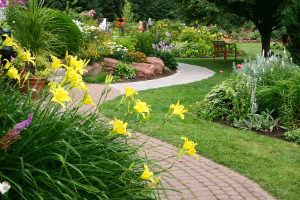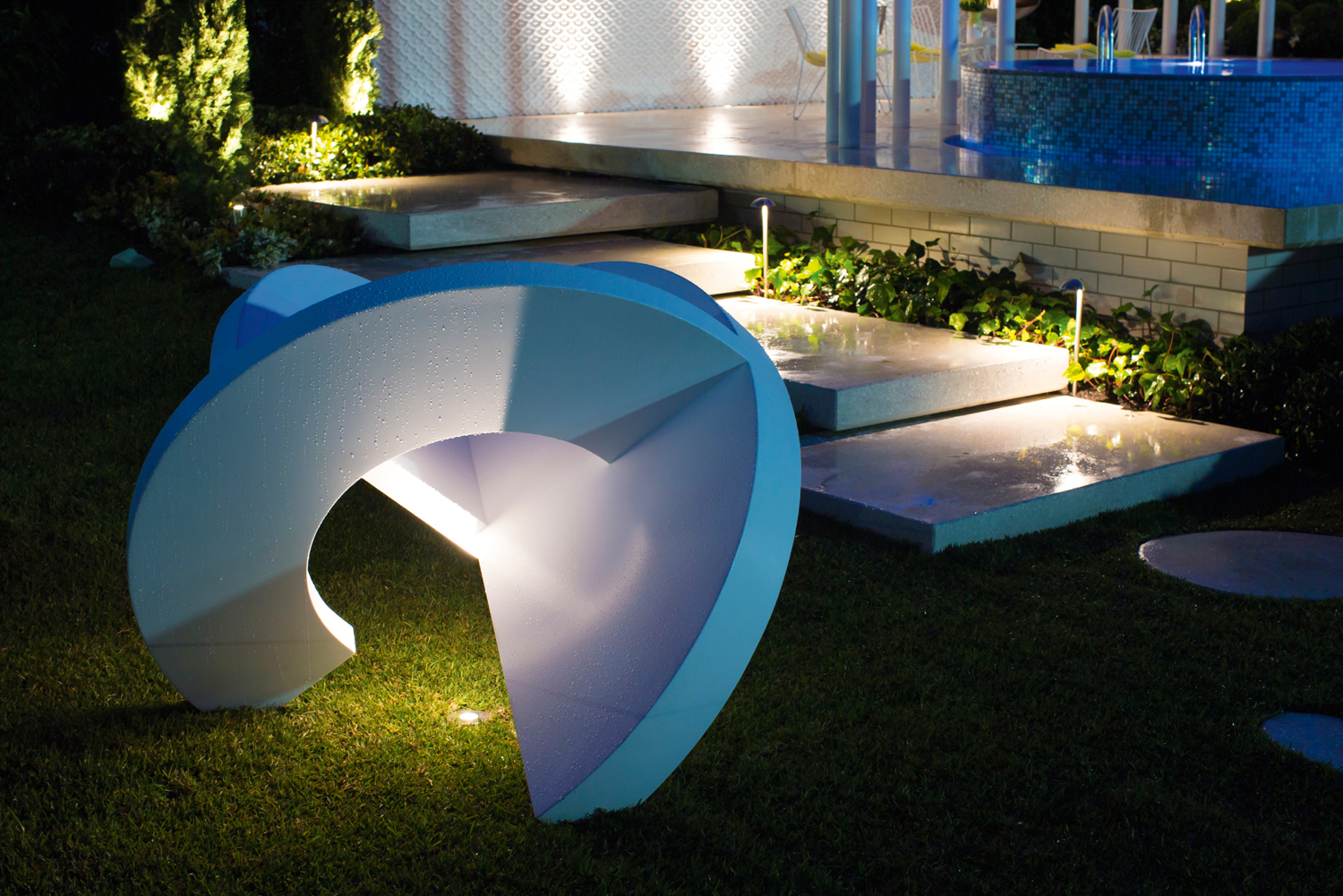Never before have there been so many stylish outdoor heating solutions
Story: Catherine Stewart, MAILDM MAIH
Once a cold winter night and a chilling wind would force you back indoors, but with a large range of outdoor heaters now available, you can really warm up your winter alfresco living spaces by using natural or propane gas, electric, wood or briquette heating. Before buying your heater, give it a chance to work well by excluding cold draughts from outdoor rooms, including up through decking. Portable screens or an outdoor rug can help.
Safety and our environment
Outdoor heaters can be dangerous if not properly selected, installed and maintained. Safety issues include overturning, hot surfaces that can burn curious children, tripping over electric cords, sparks flying onto people and decks, heat load on overhead structures (particularly shade sails and umbrellas) and moving heavy heaters around.
There are environmental issues to think about, too, such as smoke pollution from open fires.
Patio gas heaters
One patio gas heater heats about 7m2, so you’ll need four heaters for a 25m2 deck or patio, costing about $2.70/hour to run per heater. Because a fair amount of heat also radiates upwards, you’ll need good clearance above the heater — at least 2.5m clearance under shade cloth.
Propane
With a heavy base for the gas bottle and a mushroom-shaped cap to reflect the heat downward, good-quality ones are $470-$600 but there are cheaper versions from $150, plus a 9kg gas bottle at about $60 to buy and $27 to refill. Usually about 2150mm tall, some are shorter for lower ceiling heights, or there are smaller area heaters and even tabletop versions.
All should have a tip-over safety switch. Most have a Piezo ignition, which means they start at the press of a button. These heaters must have adequate ventilation as they release carbon monoxide as they burn.
Natural gas
Fixed in position, these must be installed by a licensed gasfitter, but the gas never runs out and they cannot be overturned. Wall-mounted models are available. Mushroom-type models cost about $550 up plus installation or there are attractive gas flares from $250 up.
Maintenance and storage
Many outdoor gas heaters are over 2m high, making them heavy to move and hard to store. Choose one with wheels and make a smooth path between your outdoor living and your storage area.
A 9kg bottle for a propane gas heater will need replacing after about 10 hours of use. These bottles are also very heavy to lift into cars or up steps but there are mobile replacement services.
Electric radiant heaters
Radiant heaters can be plug in or mounted, costing about $1100 for a 3000W ceiling or wall-mounted model. Looking like old-fashioned radiators, they have single or double elements and produce a soft, ambient light as well as heat. You may need more radiant heaters to heat 25m2 than you would gas heaters, but the total running costs work out about the same.
Heatstrip panels cost from $500-$900, look like flat black glass rectangular strips and are safe to mount straight under fabric coverings such as shade sails and umbrellas.
Wood and gas log fires
A wood-burning fireplace has infinite appeal but it releases smoke into the environment and you need to have somewhere nearby to store the wood. A wood-burning, insulated fireplace kit includes a fire box, grate and ashtray for around $2200. Adding a stone chimney increases heat retention.
Gas log fires for outdoors can run on either natural or bottled gas, putting out about 60mj of heat. No flue is required and they cost about $3200.
Some other handy options include:
• Chiminea: Mexican outdoor fireplaces traditionally made from volcanic clay, so they are fragile to move around. Choose good-quality ($400) to guard against cracking or the new cast-iron versions ($250-$450) which are more portable and have a spark guard and a wheeled stand.
• Built-in firepit: These are quite complex to design as they must draw properly to prevent smoking and can be built from brick, concrete block or mud brick.
• Brazier: A brazier is usually a metal fire bowl, suitable for all solid fuels. (Briquettes are usually best but you can use wood). Made in copper, stainless steel or cast-iron, ($300-$450), they are often sold with a barbecue grill and spark guard. The sleeker, more contemporary looking versions are often marketed as firepits.


